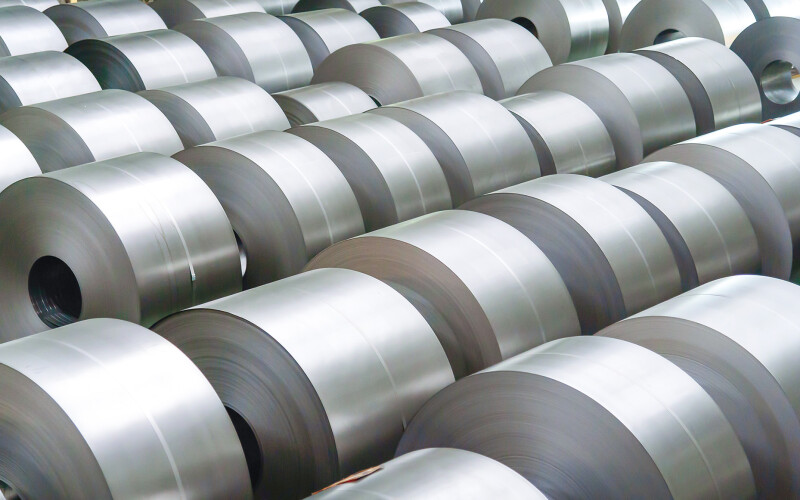AM/NS Calvert, Calvert, Ala., is a steel manufacturer that primarily sells its products to the auto and pipe/tube steel processing industries. The facility can produce 5.3 million tons of hot-rolled steel annually. Right now, all that steel tonnage is processed onsite and consists of semifinished steel slabs imported from Mexico and Brazil that land in the U.S. at the Port of Mobile, Ala., which operates a dedicated steel slab terminal for AM/NS Calvert. The slabs are then barged about 35 miles to the Calvert facility.
American Commercial Barge Line (ACBL), Jeffersonville, Ind., recently filed permit applications with the Corps of Engineers’ Mobile District to create a fleeting operation on the left descending bank of the Tombigbee River that would accommodate up to 128 hopper barges close to the steel manufacturer, according to River Transport News — Criton Corp.’s semimonthly newsletter.
If approved, the operation would consist of five individual fleeting blocks of varying sizes. The smallest, which would accommodate 12 barges in a three-long by four-wide configuration, would be located at the upstream end of the fleeting site. Immediately downstream from that block, a second block is planned that would accommodate 16 barges in a four-by-four configuration.
Moving downstream, the next block would accommodate 32 barges in an eight-long by four-wide configuration, while the following block would accommodate 20 barges in a five-long by four-wide configuration, RTN reported.
The largest block would be located at the downstream end of the fleeting site, according to RTN, and would accommodate 48 barges in a 12-long by four-wide configuration.
The project’s public notice indicates that the fleeting site will be located along 8,500 linear feet of the bank of the Tombigbee River. ACBL plans to armor the shoreline adjacent to the proposed fleeting site with 7,440 linear feet of riprap from the mean low water level to eight feet above the top of the bank. The bank armoring will require 12,226 cu. yds. of riprap that will be placed on top of a geotextile fabric to a thickness of two feet. The fleet’s barge moorings will consist of 37 24" diameter pipe mooring piles, RTN reported.




